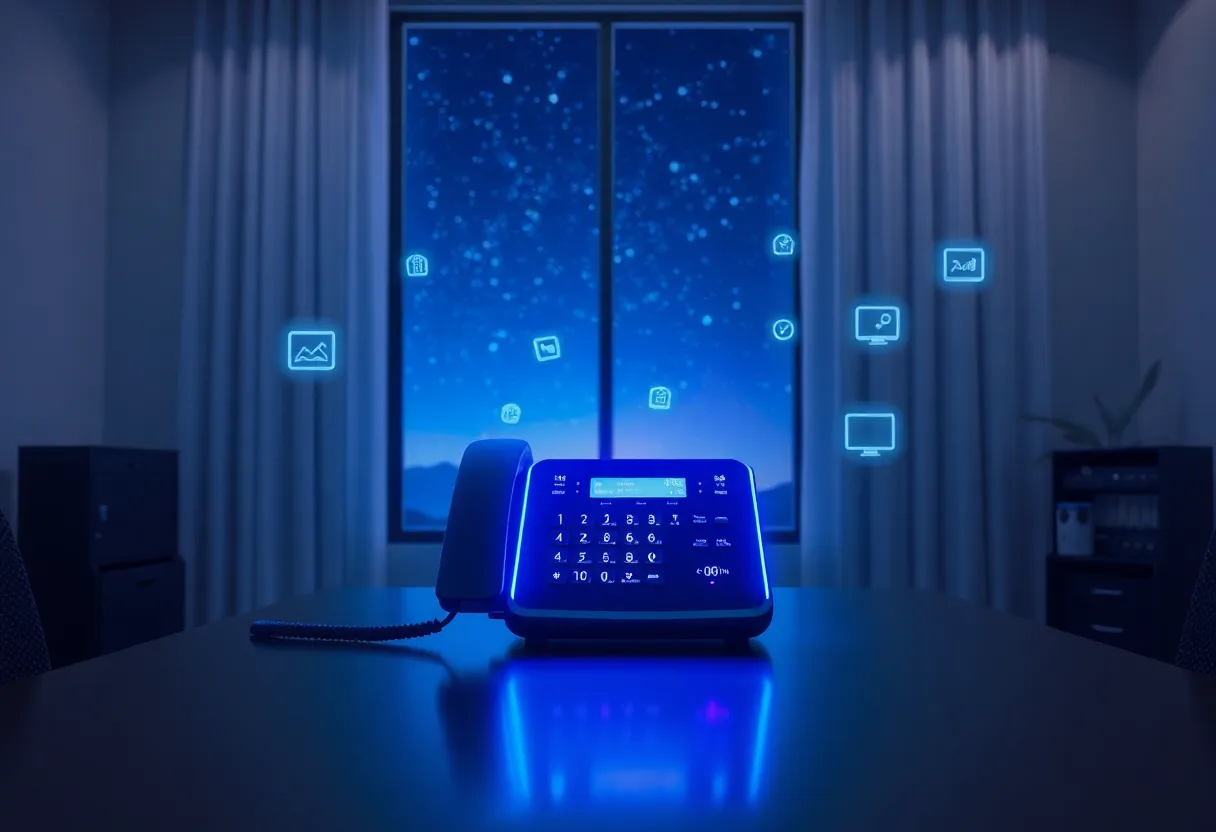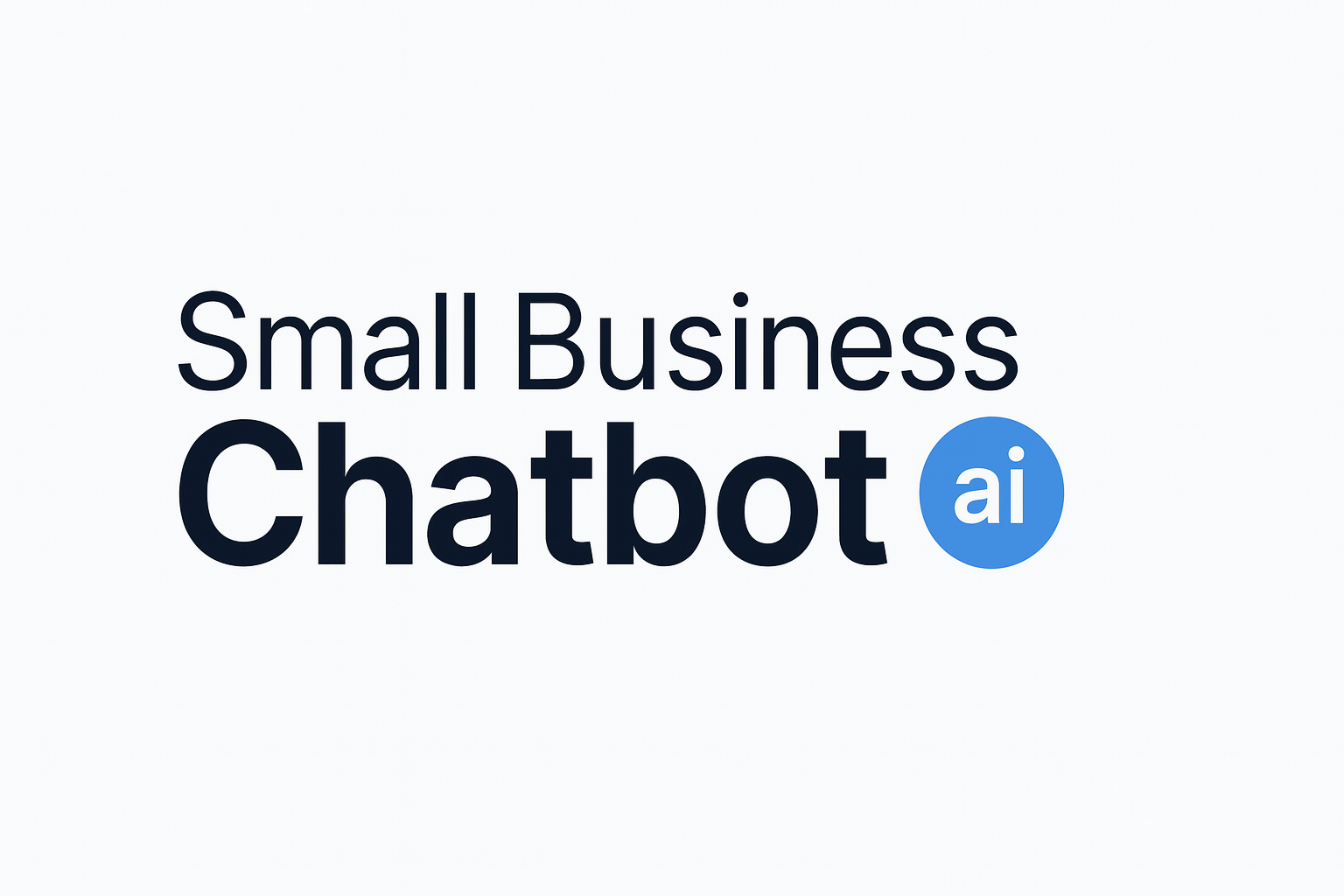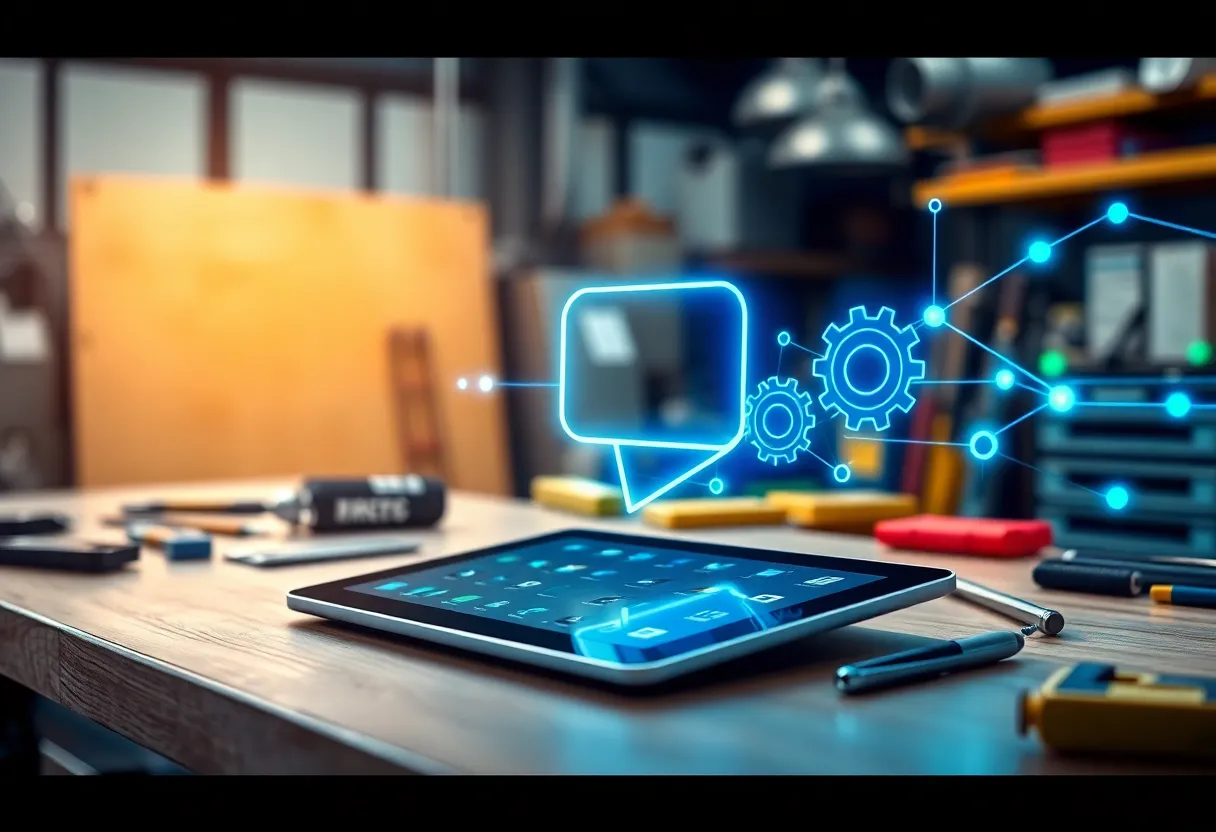When your phones go to voicemail and your live chat is offline, prospects still have questions. A 24/7 AI receptionist answers them instantly, captures the lead, and books the next step — so you wake up to qualified conversations instead of missed opportunities.
What is a 24/7 AI receptionist?
An AI receptionist is a virtual assistant that answers common questions, qualifies inquiries, books appointments, and routes urgent issues across channels such as website chat, voice, SMS, and email — any time of day. For small businesses, it’s like having a dependable team member who never sleeps, maintains your brand voice, and hands off to humans when needed.
With Small Business Chatbot, you can add an on‑site chat widget and an AI voice agent that answers and routes calls. It also connects to your CRM and calendar so new leads, transcripts, and bookings appear where your team already works. See supported tools on our integrations page and hear from companies like yours on our customer reviews.
Why after‑hours coverage matters now
- 90% of U.S. adults have a smartphone, and 15% are smartphone‑only internet users — they rely on mobile to get things done anytime (Pew Research Center, 2024; source).
- 93% of service professionals at organizations using AI say it saves time, freeing staff to focus on complex cases (Salesforce, 2024; source).
- 90% of CX leaders report AI delivers strong ROI (Zendesk CX Trends, 2025; source).
Customers don’t wait for business hours anymore. They expect quick, convenient help at night and on weekends. Hiring overnight staff is expensive and hard to scale. An AI receptionist covers the gaps, gives instant answers, and ensures urgent items get escalated to a person.
Key benefits for SMBs
1) Capture leads you’d otherwise miss
When prospects browse after dinner, the AI can greet them, qualify interest, and book a call for the next business day. Faster response means more conversions — responding within five minutes yields dramatically higher qualification rates (InsideSales Lead Response Study, 2021; source).
2) Always‑on customer service
No more “We’ll get back to you Monday.” The assistant answers FAQs, checks order or appointment status, and offers self‑service links any time — with a clear option to request a human follow‑up.
3) Lower costs without losing quality
AI handles routine volume so your team spends time where it counts. As noted above, most service teams using AI report real time savings — and leaders report ROI — when they automate the repetitive work and route exceptions to people.
4) Consistent brand voice and data capture
Unlike piecemeal coverage, an AI receptionist always uses approved answers, collects the same key fields, and logs everything to your CRM and calendar for clean handoffs.
How an AI receptionist handles after‑hours inquiries
Typical flow
- Greet and understand. Detect intent and ask a short clarifying question if needed.
- Answer or act. Pull a trusted answer, check availability, or create a booking.
- Qualify. Ask 2–3 lightweight questions (e.g., budget range, service area, timeline).
- Capture and confirm. Save name, email, and phone; summarize next steps.
- Escalate. If the request is urgent or sensitive, notify the on‑call inbox and set expectations for human follow‑up.
Example routing rules you can start with
- urgent + no heat or water leak → send SMS to on‑call tech; create high‑priority ticket.
- pricing + qualified budget → book calendar slot and push lead to CRM pipeline.
- warranty → provide approved policy and collect serial/order number for next‑day follow‑up.
Implementation guide (quick start)
- List your top 25 after‑hours questions and approved answers.
- Decide what can be fully automated vs. requires escalation.
- Connect your CRM and calendar so every lead and booking is logged (integrations).
- Set business hours, on‑call notification rules, and escalation inbox.
- Publish on web chat and phone; add clear “Talk to a person” options.
- Pilot for one week, then review transcripts and refine intents.
Configuration tips
- Keep prompts short. Ask one question at a time to reduce drop‑off.
- Use saved replies. Lock critical answers (pricing, warranty, safety) to approved text.
- Offer two next steps. For sales: “Book a time” or “Get a quote.” For service: “Create a ticket” or “See help article.”
- Brand the experience. Match tone, greeting, and colors to your site for trust.
Measure success and keep improving
Use a weekly review to turn conversations into better outcomes. Start with these metrics and targets, then tune as you learn.
| Metric | What it tells you | Starter target |
|---|---|---|
| After‑hours response time | Speed to first answer | Instant (sub‑second for chat; <10s for phone) |
| Lead capture rate | % of after‑hours conversations with contact info | 30–50% (varies by industry) |
| Qualified bookings | Appointments or callbacks set by AI | 5–15% of after‑hours sessions |
| Containment rate | Sessions resolved without human handoff | 40–70% for FAQ‑heavy use cases |
| CSAT (after‑hours) | Customer‑rated satisfaction | 4.2+/5 with clear escalation paths |
Why speed matters: conversion and qualification rates are many times higher when you reply in the first five minutes (InsideSales, 2021; study).
Frequently asked questions for 24/7 AI receptionists
1) Will an AI receptionist replace my team?
No. It handles repetitive questions, booking, and triage so your team focuses on complex or sensitive issues. Salesforce data shows most teams using AI save meaningful time to reinvest in higher‑value work (Salesforce, 2024).
2) How does it know what to say?
You provide approved answers, policies, and tone. The assistant uses that knowledge, plus guardrails, to respond consistently. For critical topics (pricing, safety, legal), lock answers to your exact wording.
3) Can it book appointments or create tickets while we’re closed?
Yes. Connect your calendar and CRM so bookings, leads, and transcripts sync automatically. See supported tools on our integrations page.
4) What about ROI?
Leaders widely report returns from AI in customer service — including faster handling and lower costs — as documented by Zendesk’s 2025 CX Trends (Zendesk). Track your own ROI by comparing after‑hours lead capture and bookings before and after launch.
5) Is it safe and compliant?
Yes, when implemented with guardrails: limit data collection to what you need, store transcripts securely, and clearly disclose recording for calls. Always provide a path to a human for sensitive topics.
6) Which channels should I start with?
Start where after‑hours demand is highest: website chat and phone. Add SMS and email auto‑replies once your core flows perform well.



